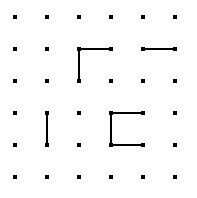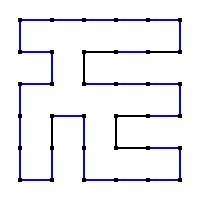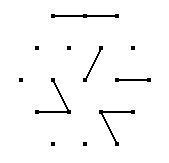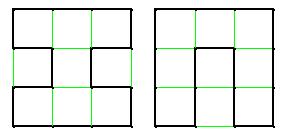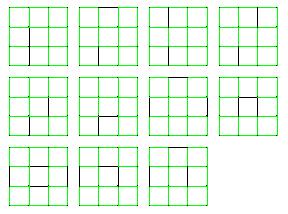My IQ
When I came to the US, I heard about Mensa — the high IQ society. My IQ had never been tested, so I was curious. I was told that there was a special IQ test for non-English speakers and that my fresh immigrant status and lack of English knowledge was not a problem. I signed up.
There were two tests. One test had many rows of small pictures, and I had to choose the odd one out in each row. That was awful. The test was English-free, but it wasn’t culture-free. I couldn’t identify some of the pictures at all. We didn’t have such things in Russia. I remember staring at a row of tools that could as easily have been from a kitchen utensil drawer as from a garage tool box. I didn’t have a clue what they were.
But the biggest problem was that the idea of crossing the odd object out seems very strange to me in general. What is the odd object out in this list?
Cow, hen, pig, sheep.
The standard answer is supposed to be hen, as it is the only bird. But that is not the only possible correct answer. For example, pig is the only one whose meat is not kosher. And, look, sheep has five letters while the rest have three.
Thus creative people get fewer points. That means, IQ tests actually measure how standard and narrow your mind is.
The second test asked me to continue patterns. Each page had a three-by-three square of geometric objects. The bottom right corner square, however, was empty. I had to decide how to continue the pattern already established by the other eight squares by choosing from a set of objects they provided.
This test is similar to continuing a sequence. How would you continue the sequence 1,2,3,4,5,6,7,8,9? The online database of integer sequences has 1479 different sequences containing this pattern. The next number might be:
- 10, if this is the sequence of natural numbers;
- 1, if this is the sequence of the digital sums of natural numbers;
- 11, if this the sequence of palindromes;
- 0, if this is the sequence of digital products of natural numbers;
- 13, if this is the sequence of numbers such that 2 to their powers doesn’t contain 0;
- 153, if this is the sequence of numbers that are sums of fixed powers of their digits;
- 22, if this is the sequence of numbers for which the sum of digits equals the product of digits; or
- any number you want.
Usually when you are asked to continue a pattern the assumption is that you are supposed to choose the simplest way. But sometimes it is difficult to decide what the testers think the simplest way is. Can you replace the question mark with a number in the following sequence: 31, ?, 31, 30, 31, 30, 31, … You might say that the answer is 30 as the numbers alternate; or, you might say that the answer is 28 as these are the days of the month.
Towards the end of my IQ test, the patterns were becoming more and more complicated. I could have supplied several ways to continue the pattern, but my problem was that I wasn’t sure which one was considered the simplest.
When I received my results, I barely made it to Mensa. I am glad that I am a member of the society of people who value their brains. But it bugs me that I might not have been creative enough to fail their test.
Share: